Maquette 1/72 Boeing C-75
The Boeing C-75 was a modified Boeing 307 long-range transport aircraft, introduced to military service in February 1942 and used by the USAAF's Air Transport Command until July 1944.
The famous 307 Stratoliner, from which the C-75 emerged, was itself an ingenious Boeing 1935 design, combining the wings, tail, rudder, landing gear and engines of the B-17C, with a new circular cross-section fuselage of 138 in diameter, designed to allow pressurization, so the then spacious airliner could fly in comfort above the weather.
Only ten 307s were built. Apart from the first, ill-fated NX 19901, that crashed on March 18, 1939, while being demonstrated to representatives of KLM, three were delivered to Pan-Am, five to TWA and one to Howard Hughes.
Conversion of the 307 to the C-75 included removal of the pressurization equipment to save weight, removal of the forward four (or five) of the nine reclining seats along the port side and alteration of the two forward Pullman-like compartments (in order to provide space for crew requirements on extremely long flights).
The C-75 fleet was operated under contract from TWA's Intercontinental Division. Tilil the arrival of the Douglas C-54 Skymaster, they were the only U.S. built commercial aircraft able to cross the Atlantic with a payload.
Once returned to TWA, they were restored by Boeing to SA-307B-1 civilian status, with new B-17G wings and engines and B-29 electronics. From 1951 and onwards, they were gradually passed to and operated by Air Laos, where they ended their flying careers by 1975.
C-75 #42-88625, started its life as TWA's N-19907, named “Zuni”. Upon returning to TWA after the war, it was sold together with the rest four to the French airline Aigle Azur. Registered F-BELX, it was used on scheduled flights from France to North and Central Africa, and later to French Indo-China. It was later transferred to Aigle Azur's Vietnamese subsidiary (Aigle Azur Extrême-Orient) and used in South East Asia, with the exact history of the specific aircraft becoming quite complex.
Only one 307 survives today at the Smithsonian Museum's Steven F. Udvar-Hazy Center in Washington DC, USA. It is the famous Pan Am's N-19903 "Clipper Flying Cloud", meticulously restored and preserved in flying condition, despite the fact that it was ditched in Elliot Bay near Seattle in 2002!
Introduced in small numbers 1998 and never reissued since then the now extremely hard to find Maquette kit is basically the 1975 Frog B-17E with the fuselage parts replaced by "Stratoliner" ones molded by Maquette and being quite crude). The kit did pose an amount of challenge, in order to put it together, not only due to the crudity of the fuselage halves, but also due to the fact that the Frog parts plastic did not react to stryrene glue and I had to use cyanoacrylate.
🙂 Yes, I could not resist and also added some slight gas staining aft of the upper wing cooling air exit louvers (yes, I know it is just exiting cooling air, but it might have had chances to lightly stain the areas... 🙂 ).
Should you wish to read the full build review, you may do so by visiting my beloved site Modelingmadness:
https://modelingmadness.com/review/allies/us/usaaf/transport/penc75.htm
Happy modelling!
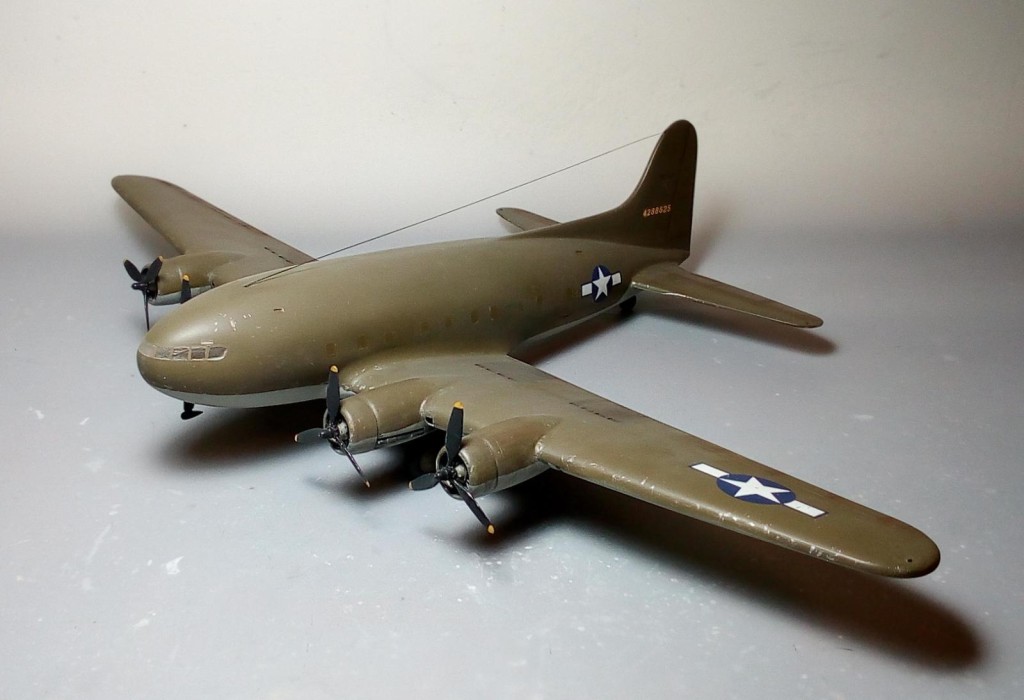
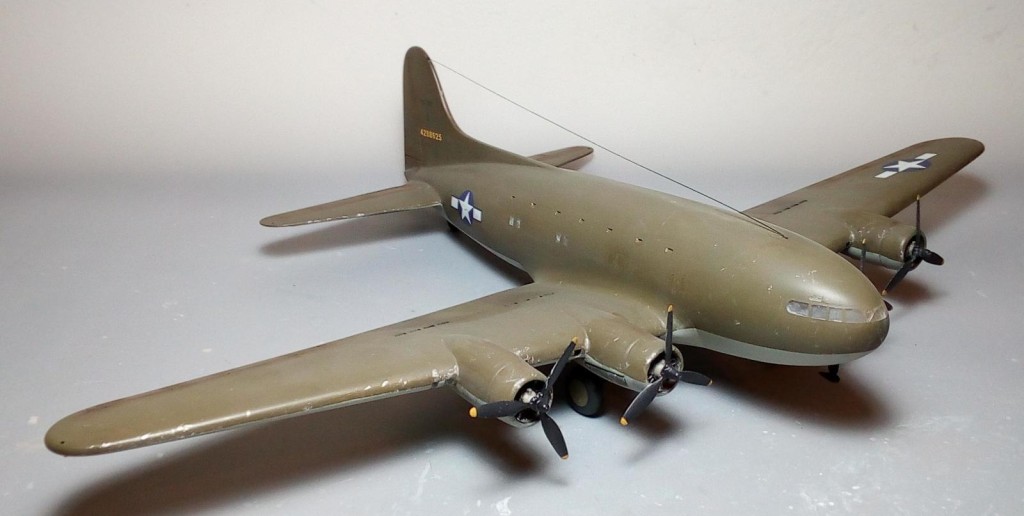
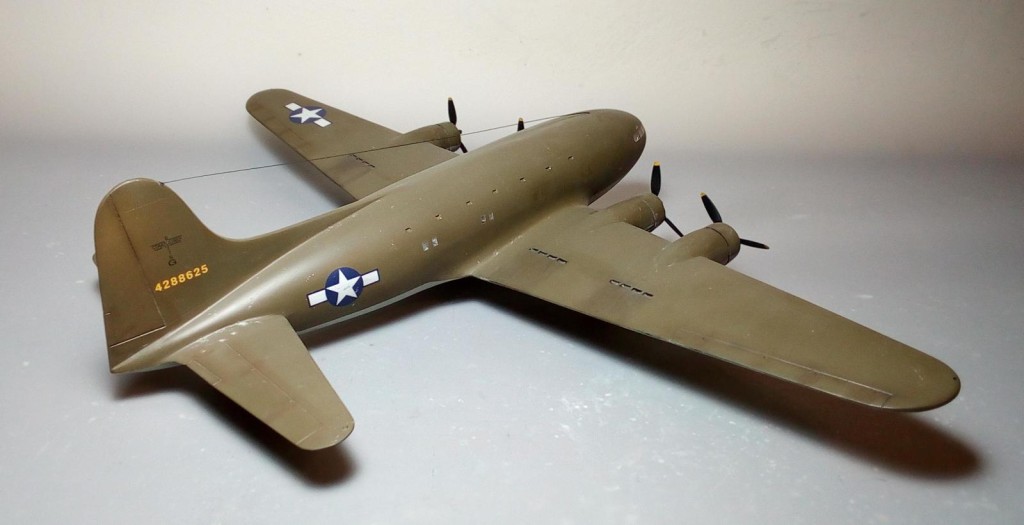
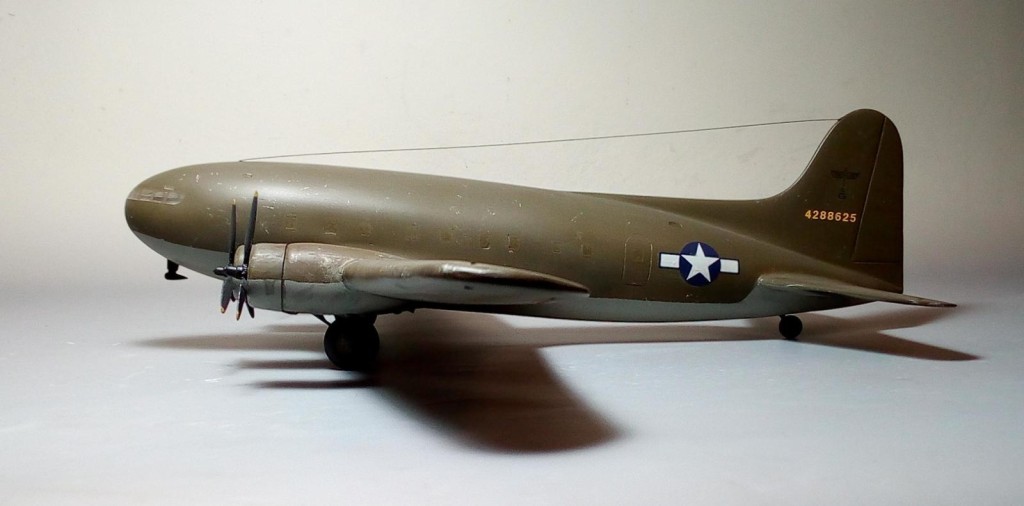
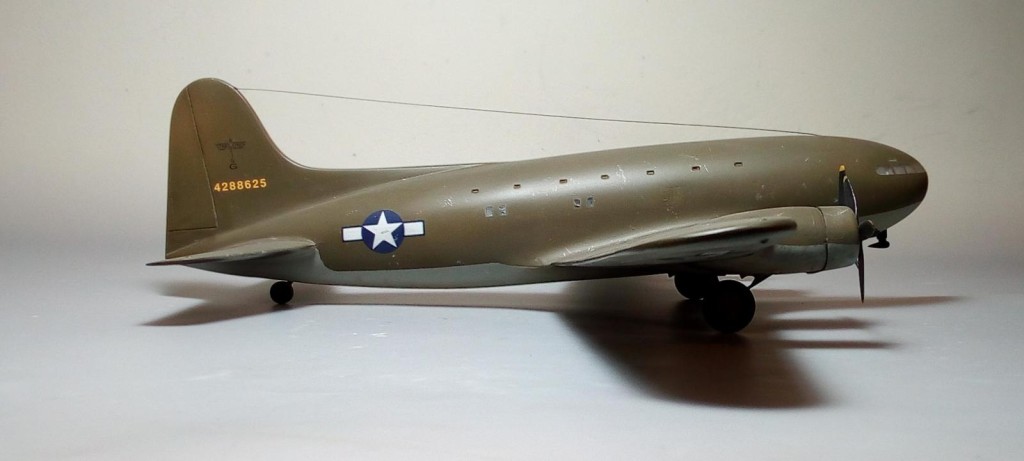

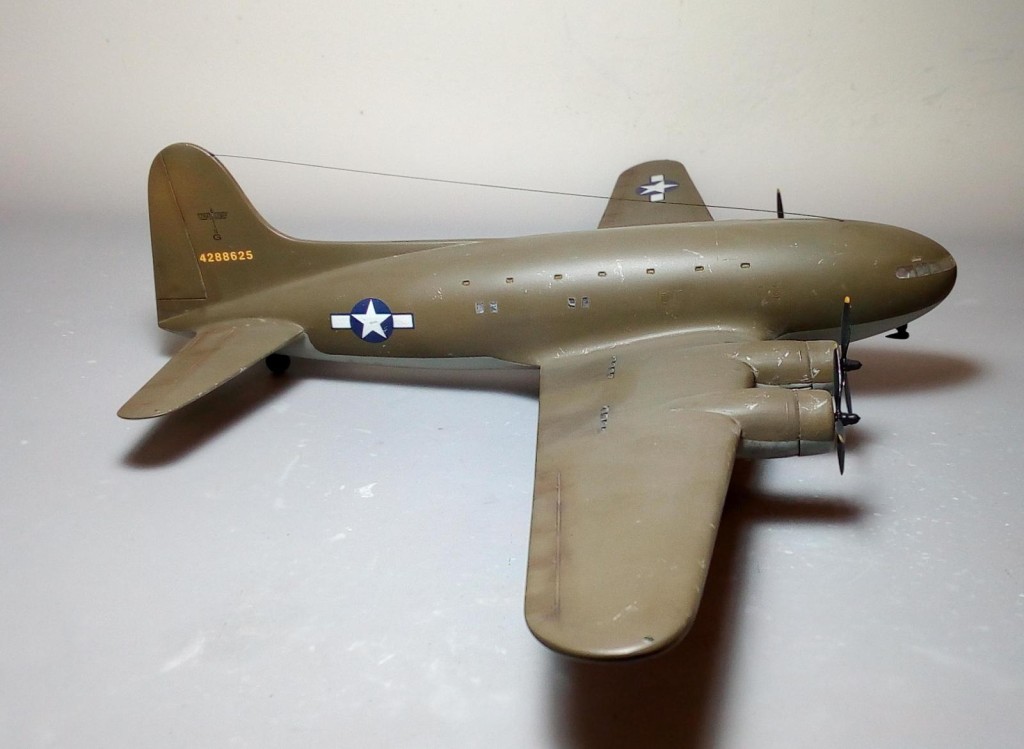

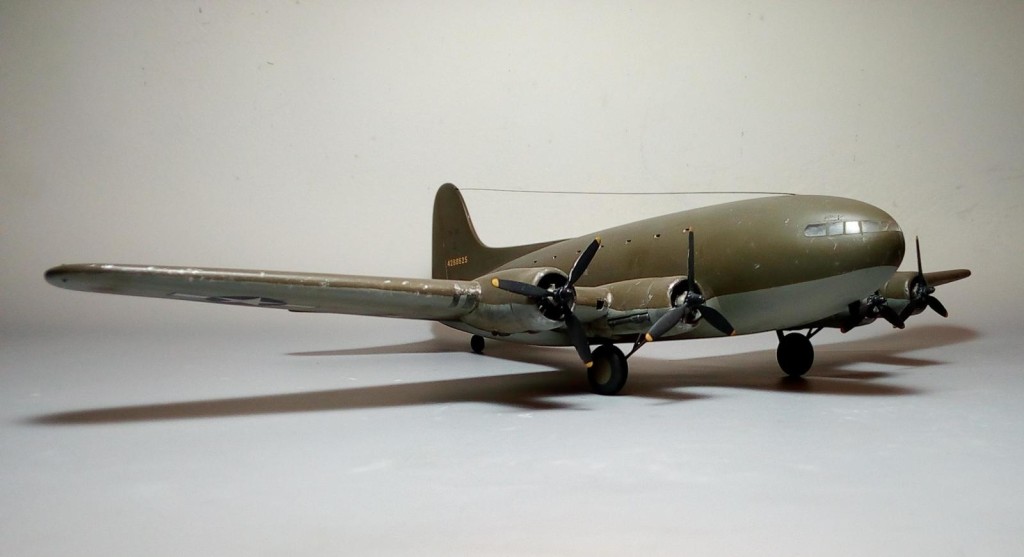
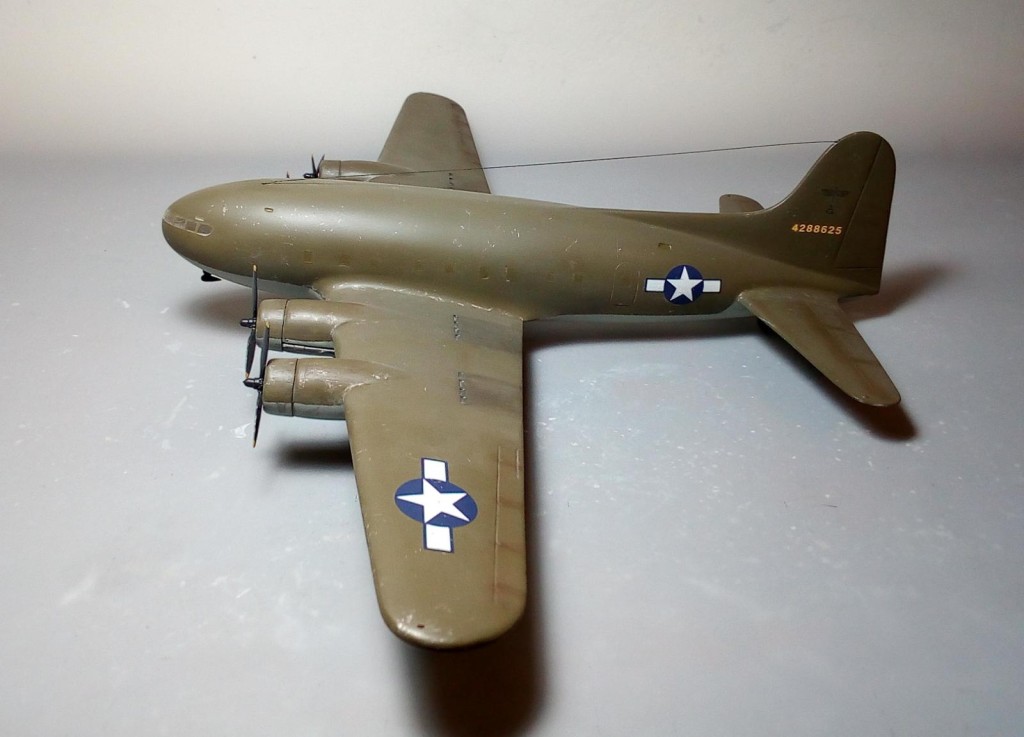
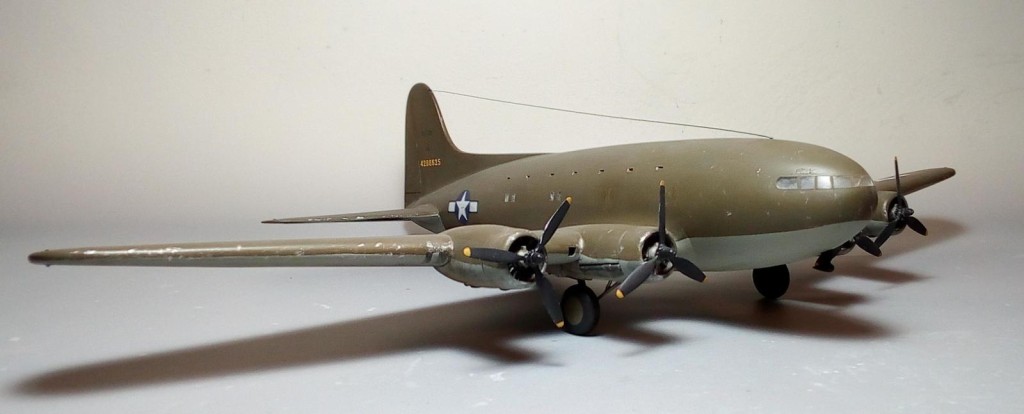
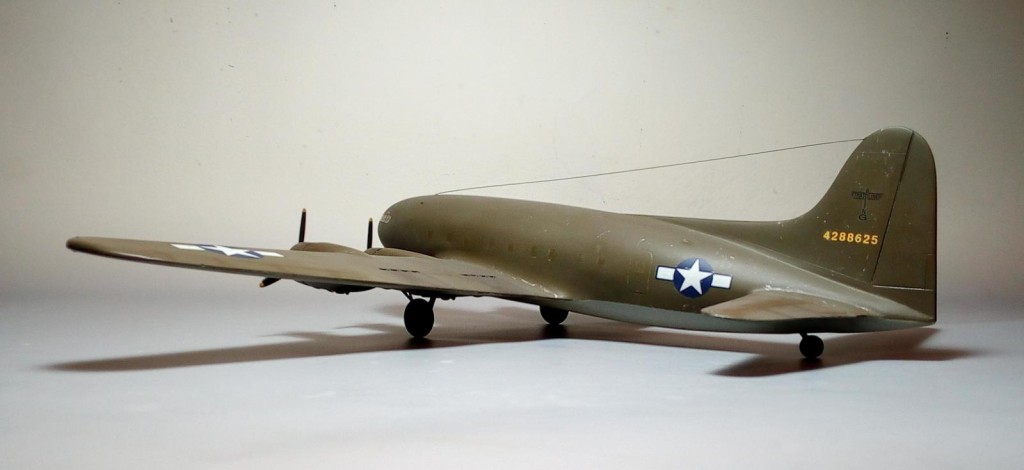
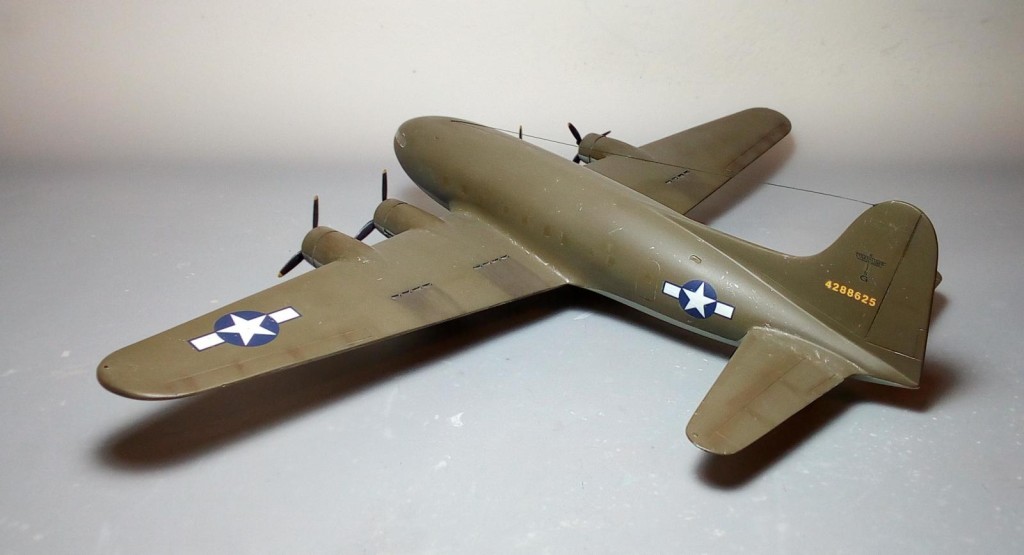
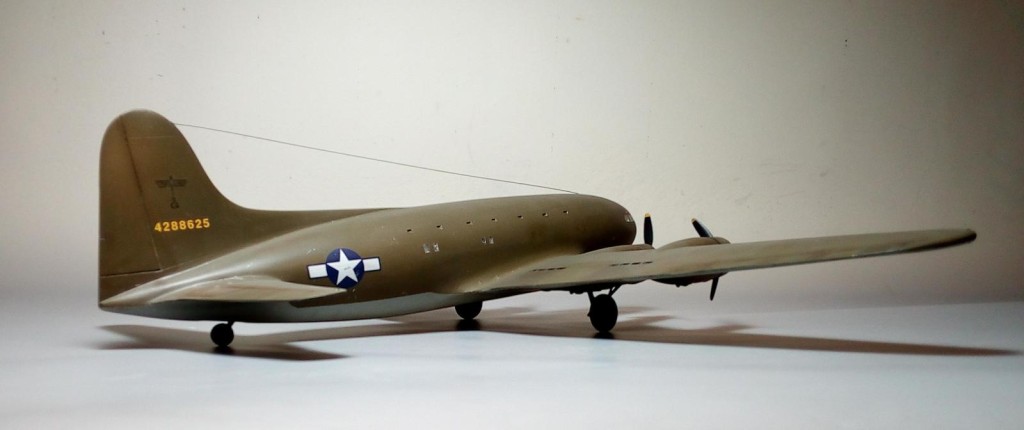
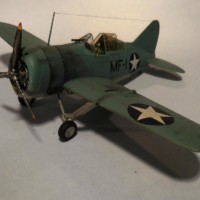
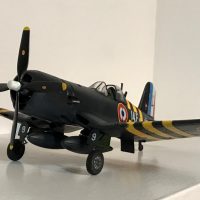
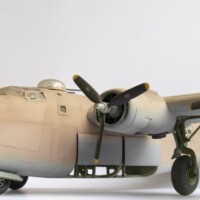
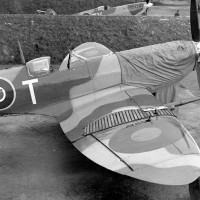
Well done, Spiros.
Thanks my friend @gwskat!
Very interesting history of this unique bird . You’ve done a beautiful job building a difficult kit, @fiveten !
Thanks my friend @ssgt!
Very impressive, Spiros. It looks that the crew had pretty limited vision, especially when trying to land this monster.
Thanks my friend @chinesegeorge! Limited visibility for the crew indeed.
Well done, Spiros (@fiveten). I am sure this Frog/Maquette kit couldn't have been easy to build, but the result is outstanding.
Thanks my friend @gblair!
Not something one sees every day ! Nice build and great documentation on this obscure bird.
Thanks my friend @bernardbedeur!
Great looking Boeing C-47, Spiros!
Nice work with this old kit, glad to see the older kits built.
I don’t know why but it immediately reminded me of a 1952 Bugs Bunny cartoon ‘Hare Lift’ but the cartoon plane had 6 engines. Bugs avoids a last minute crash by applying the air brakes.
1 attached image. Click to enlarge.
Thanks my friend @georgeswork! Love your 6-engined bird!
Great model work as usual Spiros, but I have to say, that is one of the ugliest airplanes I have ever seen! The shape of that thing is like a blob of putty with appendages sticking out of it! You really pick some unusual subjects!
Thanks my friend @gkittinger!
It's so ugly it's beautiful? 🙂
NIce work, once again, Spiros @fiveten. Not every day one sees a C-75 build. Might be the first I've ever seen. Good reading regarding your MM posting. But I have to agree with Greg, it really is a blob of a plane. The visibility from the cockpit looks pretty limited.
Thanks my friend @eb801! Would not want to land this thing!
If they didn't used to call this thing the "flying cucumber" it's a sadly missed opportunity. Excellent work, Spiros!
Thanks my friend @bapowellphys!
A sadly missed opportunity indeed!
Another top notch result from the Spiros Factory! Way to take on a tough challenge and produce a really nice result
Thanks my friend @dbutlr!
Nice work on that, Spiros. Not an easy kit.
Thanks my friend @j-healy!
Spiros, @fiveten
You have worked your magic for us again. I don't ever recall seeing one of these built up before. You have done a very nice job with it. I definitely clicked the "like" button. Take care my friend, and please tell QC1 and QC2 that we said hello. 🙂
Thanks my friend @lgardner! You have their greetings too!
Nicely presented Spiros, not the most attractive aircraft.
Thanks my friend @kalamazoo!
Excellent work, Spiros @fiveten
Both, build and supporting article are great.
To me the cooling airflow staining is correct and looks very nice.
An exceptional aircraft with ditto result, well done.
Thank you so much, my friend @johnb!
bravo
Thanks my friend @gonville!
thank you for friending me
The pleasure is all mine, my friend @gonville! I am sure you will find our modeling community a very pleasant place!
Great job on this build Spiros @fiveten, a definite no shake and bake kit. I was assigned to attend training classes, and meetings at Boeing near Renton and Everett from 1998 to 2002, and from 2005 to 2010. Got to see the B-17F worked on and fly but not the Boeing 307 but boy did I hear a lot about it especially after ditching into the Pugent Sounds. The Volunteers in Boeing did a great job on restoring it again and have it in Dulles by the end of 2003. It is a beautiful plane, I got to see it not too long after it was placed inside the museum. Still one of my favourite plane to see when I do my repeat visits.
Thanks my friend @v1pro! Wish I also had the chance to see it up close and personal!
Now that is an interesting aircraft. How much effort was involved (I'm guessing a lot in producing a real gem)?
Thanks my friend @christopher! Well, it did take some effort for sure!
That is a very interesting subject and a great build.
Thank you so much, my friend @rbungay! Indeed, an interesting subject!